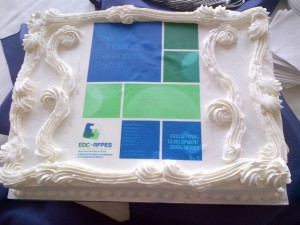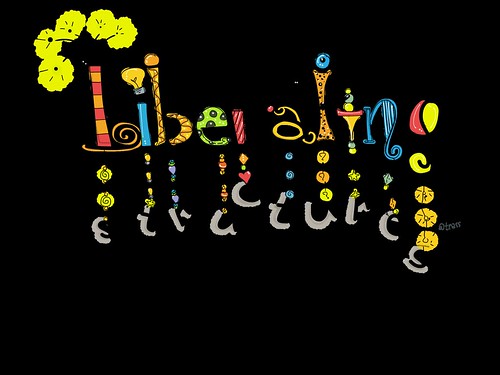
Over the past few days, I have re-read a few texts that address the skills, knowledge and competencies of educational developers. (The texts are listed at the bottom of this page).
Rather than re-hash the details here (and because I can’t reproduce the useful [copyrighted] visuals), I want to point you to specific sections of these resources as they are useful for helping educational developers articulate, assess and reflect on the skills, knowledge and competencies that we bring to our work.
To see figures that visually depict competencies of entry-level, senior and director-level educational developers, go to pages 19, 20 and 21 of the McDonald, Kenny, Kustra, Dawson, Iqbal, Borin, & Chan (2016) publication (similar visuals are in the Dawson et al. paper).
For example, a look at Figure 3.2 on p.20 of the Educational Developer’s Portfolio Guide (McDonald et al., 2016) shows:
Senior Educational Developer: Competencies
Educator, Course Design, Instructional Strategies, Program Development Strategies, Educational Strategies
Senior Educational Developer: Skills, Abilities and Knowledge
Interpersonal skills, Conflict Resolution, Mediation, Diplomacy, Trust, Listening, Empathy, Educational Leadership, Self Reflection, Peer Mentor/Coach, Model, Consultation, Formal Education in Pedagogy, Organizational Behaviour, Literacy
(I am highlighting the senior level because this is where I position myself)
Want to rate/assess your own skills, knowledge and attributes? –> Go to Appendix C (pages 67 and 68) of the Educational Developer’s Portfolio.
To read more about skills, knowledge, competencies and threshold concepts in educational development, see:
- Dawson, Debra & Britnell, Judy (2013). Developing Competency Models of Faculty Developers: Using World Café to Foster Dialogue. To Improve the Academy, Vol. 28 (3-24).
- McDonald, J., Kenny, N., Kustra, E., Dawson, D., Iqbal, I., Borin, P., & Chan, J. (2016). Educational Development Guide Series: No. 1. The Educational Developer’s Portfolio. Ottawa, Canada: Educational Developers Caucus. Download here.
And though I haven’t written directly about Dr. Julie Timmerman’s work in this post, her paper is excellent and well worth the read:
- Timmermans, J. (2014). Identifying threshold concepts in the careers of educational developers. International Journal for Academic Development, 19, 305-371. doi:10.1080/1360144X.2014.895731
 Photo: taken by Jeanette McDonald. Cake made in honour of first EDC Guide (ours!) in the Series.
Photo: taken by Jeanette McDonald. Cake made in honour of first EDC Guide (ours!) in the Series.
